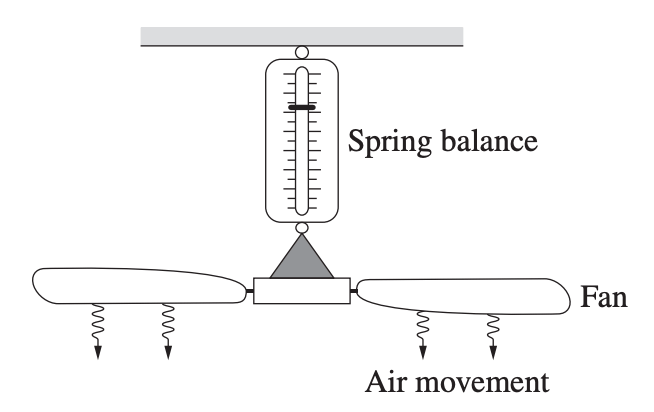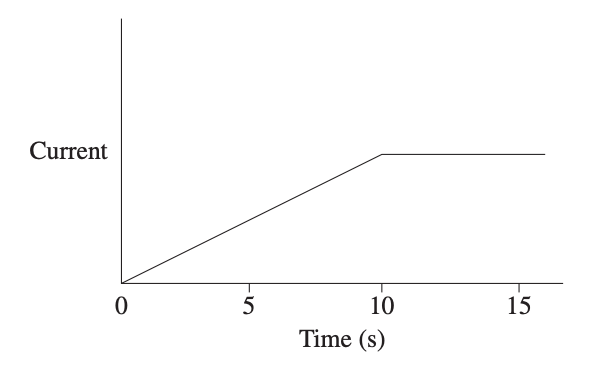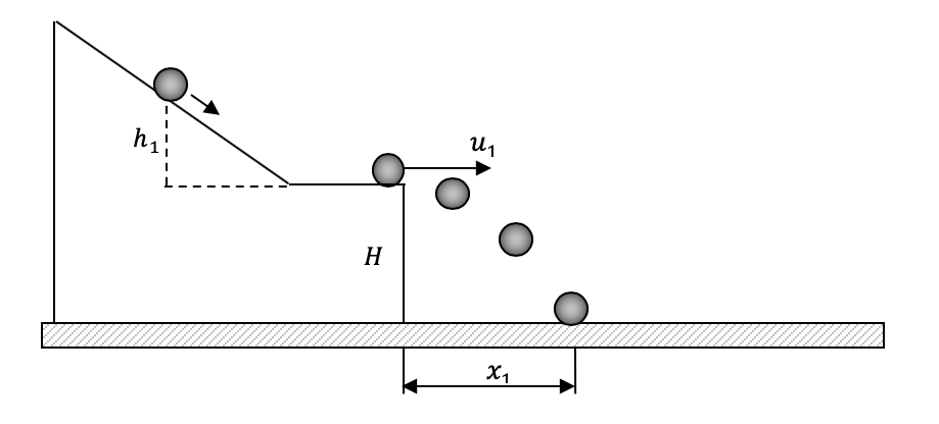How to Answer 'Assess' Physics Questions | HSC Physics Key Verb Series Part 3
Answering ‘assess’ long response questions
Students find ‘assess’ Physics questions challenging and intimidating. Some students struggle to provide relevant and concise response while others just fail to answer the question specifically.
‘How to answer ‘assess’ Physics questions’ is a comprehensive guide for students on how to develop a structured scientific response that is logical, sequential, relevant, concise and specific.
In this article, we’re going to discuss;
- Types of ‘assess’ Physics questions
- The process for answering ‘assess’ Physics questions
- Sample ‘assess’ long response questions and answers using the IDEA Framework
Types of ‘assess’ long response questions in the HSC Physics Exam
Assess physics questions are considered one of the most difficult questions to gain full marks for.
In the 2019 HSC Physics Exam, there was only one assess question and was considered the most difficult question.
There are two main types of assess questions asked in HSC Physics exams:
- Assess the accuracy of a prediction or a statement
- Assess the impact of knowledge/applications on ……
Examples of ‘assess’ questions in Physics exams
Marks allocated for an ‘assess’ long response question can vary from 4 to 6 marks. Examples of assess questions with different marks are listed below.
| Question | Marks |
| Question 1 (2019 HSC Q31b) A student suspends an electric ceiling fan from a spring balance. The fan is switched on, reaching a maximum rotational velocity after ten seconds. The student predicted that the current through the fan’s motor would vary as shown on the graph. Assess the accuracy of the student’s prediction. | 4 |
| Question 2 A student wishes to repeat some of Galileo’s experiments on projectile motion. He set up a ramp on a table of height H and rolled a ball down the ramp, such that it rolled horizontally off the table. When he released the ball from a height h_1 up the ramp, the ball landed a distance x_1 from the edge of the table.
In Galileo’s experiments, he released the ball from different heights on the ramp. The student was not familiar with the result and predicted that: “Releasing the ball from higher up the ramp will make it land on the floor further away from the table. Hence, it will take more time to reach the floor once it leaves the table.” Assess the accuracy of this prediction. | 5 |
| Question 3 (2015 HSC Q34e) Assess the impact of THREE advances in knowledge about particles and forces on the understanding of the atomic nucleus. | 6 |
What is the process for answering ‘assess’ Physics questions?
To answer ‘assess’ physics questions, you must first understand the meaning of the verb, ‘assess’.
The NSW Education Standards Authority defines ‘Assess’ as “making a judgement of value, quality, outcomes, results or size.”
When answering ‘assess’ questions, students are required to make an informed judgement explicitly/implicitly.
Informed judgement refers to making a considered decision based on knowledge or facts.
-The Oxford English Online Dictionary
One of the ways to make an informed judgement is using Learnable’s IDEA FrameworkTM to construct a concise, relevant and logical response.
Learnable’s IDEA FrameworkTM
The IDEA Framework helps you structure your answer easily and meet the marking criteria for ‘assess’ questions. View the 4 step process outlined in the table below:
| Step | IDEA Framework | Detail |
| 1 | Information | Identify each part of the information for assessment. |
| 2 | Decision | State the accuracy of each part of the information as being accurate or inaccurate. |
| 3 | Evidence | Provide supporting evidence for your decisions. The evidence may require you to:
|
| 4 | Assessment | Make your informed judgement by stating whether the overall information is accurate, partially accurate or inaccurate. |
Sample ‘assess’ Physics questions and answers using the IDEA FrameworkTM
Let’s apply Learnable’s IDEA Framework to answer the two types of ‘assess’ Physics questions.
- Assess the accuracy of {……………….}
- Assess the impact of {……………….}
Question 1 (5 Marks)A student wishes to repeat some of Galileo’s experiments on projectile motion. He set up a ramp on a table of height H and rolled a ball down the ramp, such that it rolled horizontally off the table. When he released the ball from a height h_1 up the ramp, the ball landed a distance x_1 from the edge of the table.
In Galileo’s experiments, he released the ball from different heights on the ramp. The student was not familiar with the result and predicted that: Releasing the ball from higher up the ramp will make it land on the floor further away from the table. Hence, it will take more time to reach the floor once it leaves the table.” Assess the accuracy of this prediction. |
Solution
Step 1: Identify each part of the information for assessment.
| Step | IDEA Framework | Detail |
| 1 | Information |
|
Step 2: State the accuracy of each part of the information as being accurate or inaccurate.
| Step | IDEA Framework | Detail |
| 1 | Information |
|
| 2 | Decision |
|
Step 3 & 4: Provide supporting evidence for your decisions and make your informed judgement by stating whether the overall information is accurate, partially accurate or inaccurate.
| Step | IDEA Framework | Detail |
| 1 | Information |
|
| 2 | Decision |
|
| 3 | Evidence |
|
| 4 | Assessment | Hence the student’s prediction is partially accurate. |
Step 5: Construct a concise, relevant and logical response.
A sample response to the question using the IDEA Framework is shown below.
Releasing the ball from a higher height will increase the gravitational potential energy of the ball. As more gravitational potential energy is converted to kinetic energy, the ball’s launch horizontal velocity {(u_x)} will be greater. As the range of the ball is proportional to its horizontal velocity {(\Delta x = u_xt)} , a higher launch horizontal velocity will increase the ball’s range. Therefore, the first part of the student’s prediction is correct. However, the ball’s vertical motion has not changed. As it rolls horizontally off the table, its launch vertical velocity {(u_y)} remains at zero, and the vertical distance it travels after launch remains constant. Hence, the time of flight remains unchanged. Therefore, the second part of the student’s prediction is incorrect. Hence the student’s prediction is partially correct.
Don’t forget to include the overall assessment.
Want access to a library of long response questions?
Get free access to syllabus specific content written by expert HSC teachers. Join 10000+ students who are getting ahead with learnable. Try for free now.
Learnable Education and www.learnable.education, 2019. Unauthorised use and/or duplications of this material without express and written permission from this site's author and/or owner is strictly prohibited. Excerpts and links may be used, provided that full and clear credit is given to Learnable Education and www.learnable.education with appropriate and specific direction to the original content.


